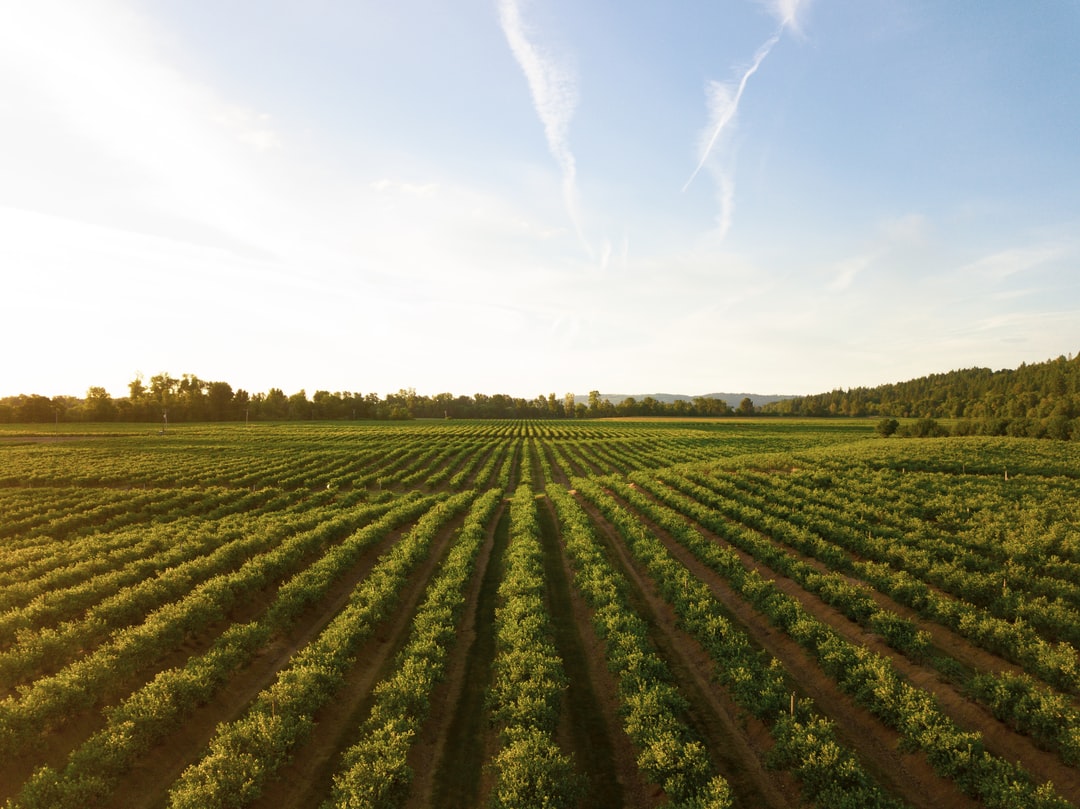On September 21, 2020, the California Department of Food and Agriculture (CDFA) released its proposed Regulatory Plan for Hemp Production (the “Regulatory Plan”). They were submitted to the United States Department of Agriculture (USDA) and must be approved or denied within 60 days, and if approved, become immediately operative. Notably, the regulations provide guidelines for procurement of industrial hemp cultivation registration at the county and state level in furtherance of the federal Agricultural Improvement Act of 2018 (“2018 Farm Bill”) requiring that states promulgate their own industrial hemp plans or use those proffered by the USDA.
The California hemp Regulatory Plan defines THC as delta-9 THC only, and hemp in line with the 2018 Farm Bill. Specifically, hemp is “any part of th[e] plant, including the seeds of the plant and all derivatives, extracts, the resin extracted from any part of the plant, cannabinoids, isomers, acids, salts, and salts of isomers with a delta-9 [THC] concentration of no more than 0.3 percent on a dry weight basis.” In light of the recent Drug Enforcement Agency (DEA) Interim Final Rule purporting to ban numerous hemp derivatives, California’s broad definition of hemp is encouraging.
Registration Process
The regulations govern hemp breeders, growers, and established agricultural research institutions (EARI) with similar but distinct application requirements, and hemp testing labs. Unlike California’s commercial cannabis regulations’ two-tiered licensing regime, hemp applicants must only obtain approval from their county agricultural commissioner before beginning operations. Nevertheless, the legal description of the land, owner, and registration number are all reported to the CDFA and then the USDA. Registrations are valid for one year and not transferable. Growers, breeders, and EARIs must each provide the operator’s name and contact information, legal description and global positioning satellite coordinates of the premises, and an FBI identity history summary.
In addition to the foregoing, growers are required to submit the approved hemp cultivar, or strain, to be grown while breeders are responsible for submitting a variety development plan. Both applicant types must submit a $900 fee along with whatever fees are added by the county in which the premises is located. EARIs must submit a research plan including the hemp varieties to be used, a testing plan, waste procedures, and measures to prevent the unlawful use of their hemp. Applicants that satisfy the requirements will be issued a proof of registration and can begin operating immediately.
Hemp plots must have adequate signage identifying the grow as hemp, presumably to deter would-be marijuana thieves. Moreover, hemp premises must not be located within an area licensed for commercial cannabis cultivation.
Harvest Process
Under the Regulatory Plan, registrants must be in receipt of a passing laboratory test prior to commencing harvest. At least 20 calendar days prior to the planned date of harvest, registrants shall submit to the commissioner a signed pre-harvest report along with a sample analysis request form providing the registrant’s name, contact information, and signature. A designated sampler will then schedule a sampling date.
Sealed samples must be delivered to a testing laboratory within 24 hours of collection. Within 5 days of the sample collection, the lab must provide an electronic copy of the testing results to the registrant and county commissioner. Harvest must be completed within 15 calendar days of the date of sampling.
Hemp Testing
Hemp testing labs must have International Organization for Standardization (ISO) or International Electrotechnical Commission (IEC) 17025 accreditation and meet all laboratory registration requirements outlined in the Code of Federal Regulations. Prior to engaging in California hemp testing, labs must submit a signed lab approval application to the CDFA. Once approved, the lab will be included on the CDFA’s list of approved testing laboratories.
The testing process requires that all plant material included in the composite sample be dried until the weight remains constant after drying intervals. The dried plant material is then milled to a homogenous powder-like consistency and combined before analysis.
“Hot” Hemp
Hemp samples that test above 0.3 percent THC but do not exceed 1 percent THC are eligible for retesting. If upon retesting, the hemp exceeds 0.3 percent but is less than 1 percent THC, it must be destroyed as soon as practicable.
If THC levels exceed 1 percent, re-testing is not permitted and the hemp must be destroyed within 48 hours of receipt of the lab report. Interestingly, the regulations omit hemp that upon being re-tested is found to have exactly 1 percent THC. In this situation, it is unclear whether the crop destruction must occur within 48 hours or when practicable.
Note, however, that acceptable hemp THC levels may fall within the range that is produced when the measurement of uncertainty is applied to the reported THC concentration. For example, if the reported THC concentration sample is 0.35 percent and the measurement of uncertainty is +/- 0.06 percent, the measured THC concentration would range from 0.29 percent to 0.41 percent. This sample would be within the acceptable THC hemp level because 0.3 percent is within the distribution or range.
County Approval
California is the only state where counties have a role in hemp regulation and approval. Of California’s 58 counties, 23 had permitted some type of hemp operations as of last year. Seven counties banned production until at least Spring of 2020, and most are presumably waiting until the new state regulations are implemented. An additional 4 counties put hemp production bans in place until 2021. Of the remaining counties, 16 do not have any current bans, however, hemp production has not yet begun. The final 7 counties have a temporary moratorium in place, which could be extended through the end of next year.
Manzuri Law is closely monitoring the comprehensive requirements for hemp registration applications at the state and county level. Please feel free to contact our team for more information regarding regulatory compliance and registration for hemp business operations in California.
Disclaimer: This article has been prepared and published for informational purposes only and is not offered, nor should be construed, as legal advice.

